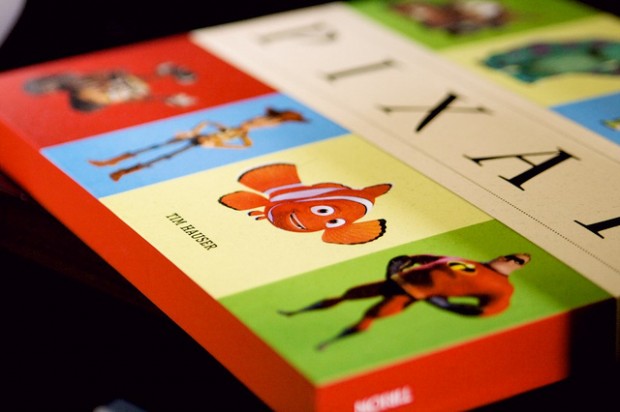
When Pixar’s Story Artist Emma Coats tweeted a list of the studio’s rules for storytelling back in 2011, creative professionals from all disciplines latched on to them, because they apply to so many of things we try to do. Which could be chalked up to the fact that most creative pursuits share similar themes — or because, for many of us, because storytelling is a crucial part of our work, regardless of what kind of work we do. This is especially true for photographers; not only does every picture tell a story, but so does every body of work, and every photographer’s own life.
Here are a few of the rules that photographers can start to use immediately:
Finish your story, let go even if it’s not perfect. In an ideal world you have both, but move on. Do better next time.
As author Kari Chapin said in her CreativeLive class, “done is better than perfect.” Finishing your work and getting it out there (or turned in before it’s due) is much more crucial than laboring over it in the pursuit of perfection. If you’re not happy with one project, figure out why, and then learn from that.
Why must you tell THIS story? What’s the belief burning within you that your story feeds off of? That’s the heart of it.
Why are you doing your work? Because you love it? That’s a good reason, but it might not be a good enough reason for other people to love it. Do the work that matters to you — but make sure that it does, indeed, matter. You don’t always need to be better, but you do need to be you.
No work is ever wasted. If it’s not working, let go and move on – it’ll come back around to be useful later.
Yes, we did just say the most important thing to do is finish your work, but the truth is that some ideas aren’t the best ones, or it isn’t the right time. Knowing the difference between what needs to be finished and what doesn’t is important. It’s ok to shelve an idea and come back to it later — or never. If something just isn’t working, try something else for a while.
What’s the essence of your story? Most economical telling of it? If you know that, you can build out from there.
Before you head out on location, have an idea for the narrative of your images. What emotions are you trying to capture, and how will you do that? Plan before you go, then be methodical while you work. The same goes for your personal brand and its story; Who are you, why are you doing this, and what’s the simplest way to state it?
Want to see the rest? Here’s an illustrated deck of all 22 of Pixar’s rules. And if you want to learn more about narrative storytelling, check out Kirsten Lewis’s Family Photography: Modern Storytelling.


